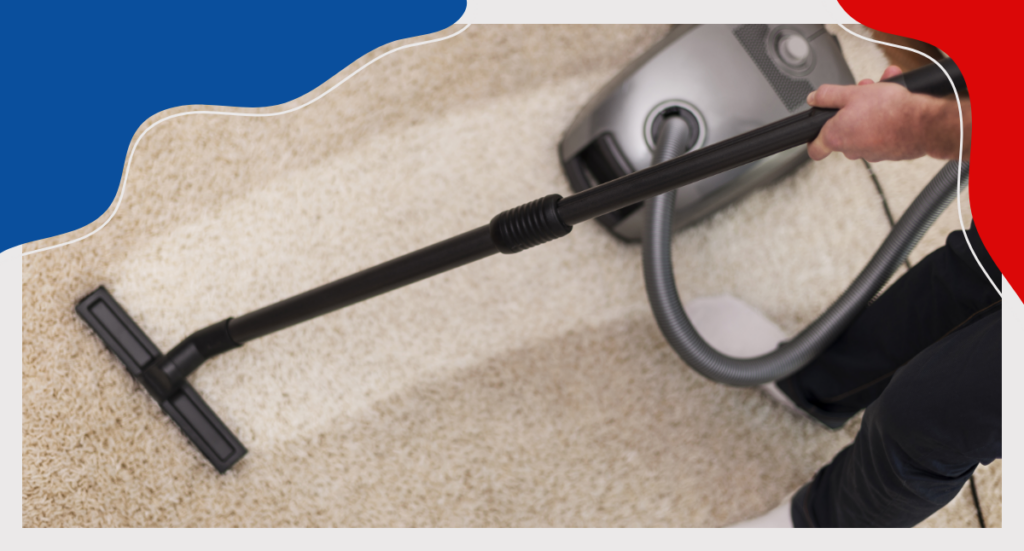
There are few things more stressful and unpleasant to deal with than a wet carpet. It can be a nightmare even knowing where to begin, and if you have allowed the situation to reach the point where the carpet already smells bad, you may have a much bigger problem on your hands. This is a problem we are more than happy to help you deal with if you need help or any of the other services of a trusted carpet cleaning professional in Perth.
However, it may be you have the time and inclination to deal with the situation yourself, so the team here at Boas Cleaning Services has put together some tips to help you. Almost all carpets can be salvaged from unsoiled water damage, so let’s look at how to dry a wet carpet after a flood:
Step one
- Find out where the water came from and whether it continues to flow
This is crucial as it is pointless to go through this whole process only to find the water is still flowing and you are back at square one. If you are dealing with an overflowing drain or sewage backup, you are already in a bad position. Your best option, in this case, is to contact a reputable carpet-cleaning specialist and get professional advice.
A flood consisting of badly-soiled water is likely to require starting over with a new carpet but it always pays to check with the experts first. You would be amazed how much dirt and grime our high-tech steam-cleaning equipment can remove from even clean-looking carpets. Assuming you have done this if necessary, we’re going to describe the steps to take when the flooding is clean water and you merely need to dry the carpet out.
Step two
- Clear the room, removing any furniture you can
If possible, you should also remove the carpet as this will significantly increase the airflow and reduce the chances of mould growth.
Step three
- Sanitise the flooring
Even if you feel you have done a perfect job drying everything out, there is still a chance mould and problems with bad odour can occur. To help prevent this, sanitise the floor with a suitable disinfectant.
- Open all the doors and windows
This will allow as much air to circulate throughout the room as possible.
Step four
- Hire a wet/dry vacuum and remove the excess water from the carpet
Remember, it is not just the carpet that is wet, the padding it sits on is soaked, as is the wood beneath. If you do not deal with the whole lot, you will undoubtedly experience problems with mould. Remove as much water from the carpet as possible until it is damp to the touch. Now, find every scrap of absorbent material you have available and soak up as much of the remaining dampness as possible. Newspaper is particularly good for this, but anything you can find to soak up water is useful. A spell in the glorious Australian sunshine can’t hurt this part of the process.
- Replace the carpet with fresh padding underneath.
Step five
- Hire some industrial fans
These can be found in any decent tool-hire company and will keep the essential, consistent airflow going. You should aim to have the fans running for a minimum of 24 hours but 36 would be better.
Step six
- Use a dehumidifier
Now, it’s back to your local tool hire to take home the biggest, most powerful dehumidifier they have available. Leave this running for a couple more days.
Step seven
- Temper your expectations
If your carpet is old or has been damaged in the past, it is not likely to survive serious flooding. The secondary backing will possibly have deteriorated and separated from the primary one. At that point, it’s game over.
Contact us
When considering how to dry a wet carpet after a flood, the real answer is to call the professionals, let them assess the situation, and advise you as to the best course of action. If you choose a trusted and respected company like Boas Cleaning Services, you can be sure they will give the best advice and an obligation-free quote for their services.
Please get in touch with any questions about our professional carpet cleaning and other services.
